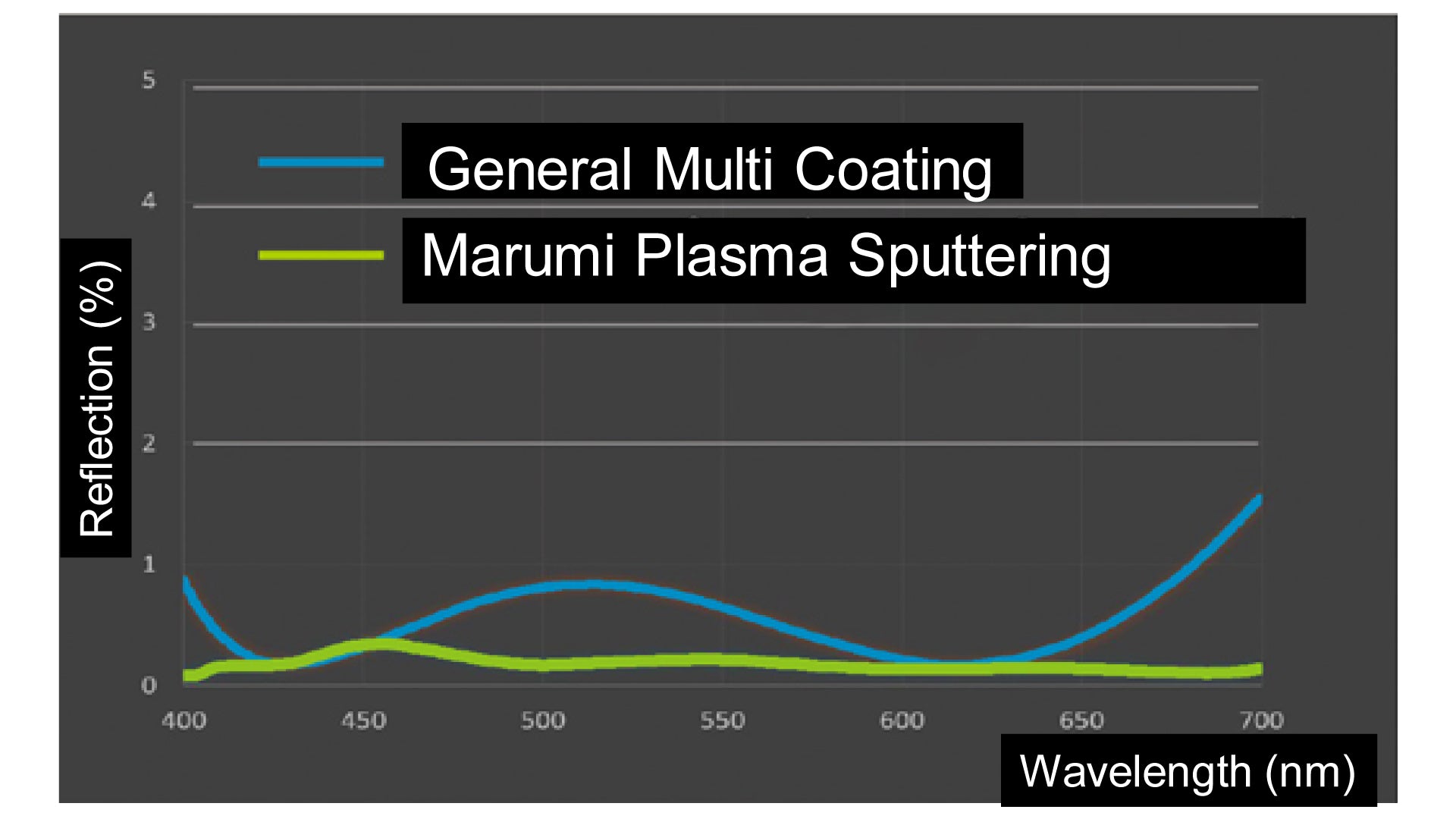No Products in the Cart
The winter blue sky landscape picture taken by Kita Noriko, a Japanese famous Potographer, the left shows the color-saturated image with a conventional Polarizer, while the right one with the Plasma CPL demonstrates more vivid and stunningly hazeless clear sky with enhanced color saturation.
This enhancement allows for a richer and more vivid representation of the sky, making the blues appear deeper and more striking. This characteristic is particularly beneficial for photography and high-definition video applications, where color depth and accuracy are crucial.
Plasma CPL filters exhibit a profound enhancement in the depiction of blue hues in the sky, a feature that is less pronounced with conventional CPL filters.
The Plasma CPL is a revolutionary polarizer that sets itself apart with its perfect color neutrality, reconciling enhanced color saturation.
Using a polarizing filter can indeed provide a high polarizing effect, making colors appear more vivid. However, a common issue with polarizing filters has been the color cast they can introduce. This is often referred to as a yellow or orange cast, where colors shift undesirably.
If you look at the video above, you can first compare photos taken from the same angle with and without a traditional polarizing filter. You'll notice the color shift, particularly towards yellow.
In contrast, in the middle phase comparing a photo taken without any filter and one taken with a plasma CPL, you'll see that while there is a slight polarizing effect, there is almost no color shift, and natural colors are preserved.
This is especially important in compositions rich in color, as zooming in and enlarging these images can make the color changes more pronounced.
Achieving a high polarizing effect without introducing a color cast has been challenging, but it has been made possible with the plasma CPL.
Unlike conventional polarizers that often introduce a yellowish color shift, the Plasma CPL is designed to maintain true color balance, making it an ideal choice for photographers and videographers seeking accurate and natural-looking results.
Engineered for perfection, this circular polarizer introduces a new era of image clarity. With its unparalleled ultra-low reflection rate of 0.18% (400-700 nm average).
Traditional polarizing filters, even in high-end models, had a technical limit where they could only reduce reflectivity to a minimum of 0.6%, with the most advanced ones barely managing to bring it down to 0.3%. To reach new technological heights, a game-changing innovation was necessary.
Marumi sets a new benchmark, far surpassing the capabilities of existing high-end model polarizers currently procurable in the photography market.

This exceptional performance redefines expectations and opens up new possibilities for photographers aiming for flawless imagery. This unprecedented performance significantly reduces glare and reflections, ensuring the purest image quality with vibrant colors and deep contrasts.
Let's examine the extent of visual changes that the ultimate low-reflection filter can bring to actual images. The most pronounced changes are observed when taking photos with backlighting, where photography is done against the light. Under backlighting, strong light sources cause reflections that result in a whitish image, leading to a loss of overall clarity and sharpness in the photo, and unwanted effects such as ghosting and flare can occur.
The following photo shows how much of a difference a low-reflection Plasma filter makes compared to a regular polarizing filter in terms of image quality.
For an in-depth look at low reflection, visit our Technology Center to acquire further knowledge of optics.
The impact of glass flatness on image quality underscores the importance of using high-quality filters with excellent optical properties. Photographers often invest in filters that are specifically designed to minimize distortion and other optical aberrations. Marumi Plasma CPL is manufactured to strict flatness tolerances, ensuring that they do not adversely affect the light passing through the filter.

In optics, identifying the above "Newton's ring" is an established method for checking optical flatness. If you are using a telescope lens with filters over 300mm or more in-depth focal length, let's learn more profoundly how flatness affects your image quality.
The uniformity of coatings applied via plasma sputtering plays a pivotal role in enhancing the scratch-resistant performance on glass surfaces. This uniformity ensures that the protective layer is evenly distributed across the entire surface, providing consistent protection against physical abrasions and wear that was difficult to achieve with conventional coating methods.
| Water repellent | Oil repellent |
| When shooting near the waterfront or in the rain, the lens repels water droplets for stress-free use. | This coating prevents fingerprints from sticking to the surface, and even if it does, it can be easily wiped off and is scratch-resistant. |

